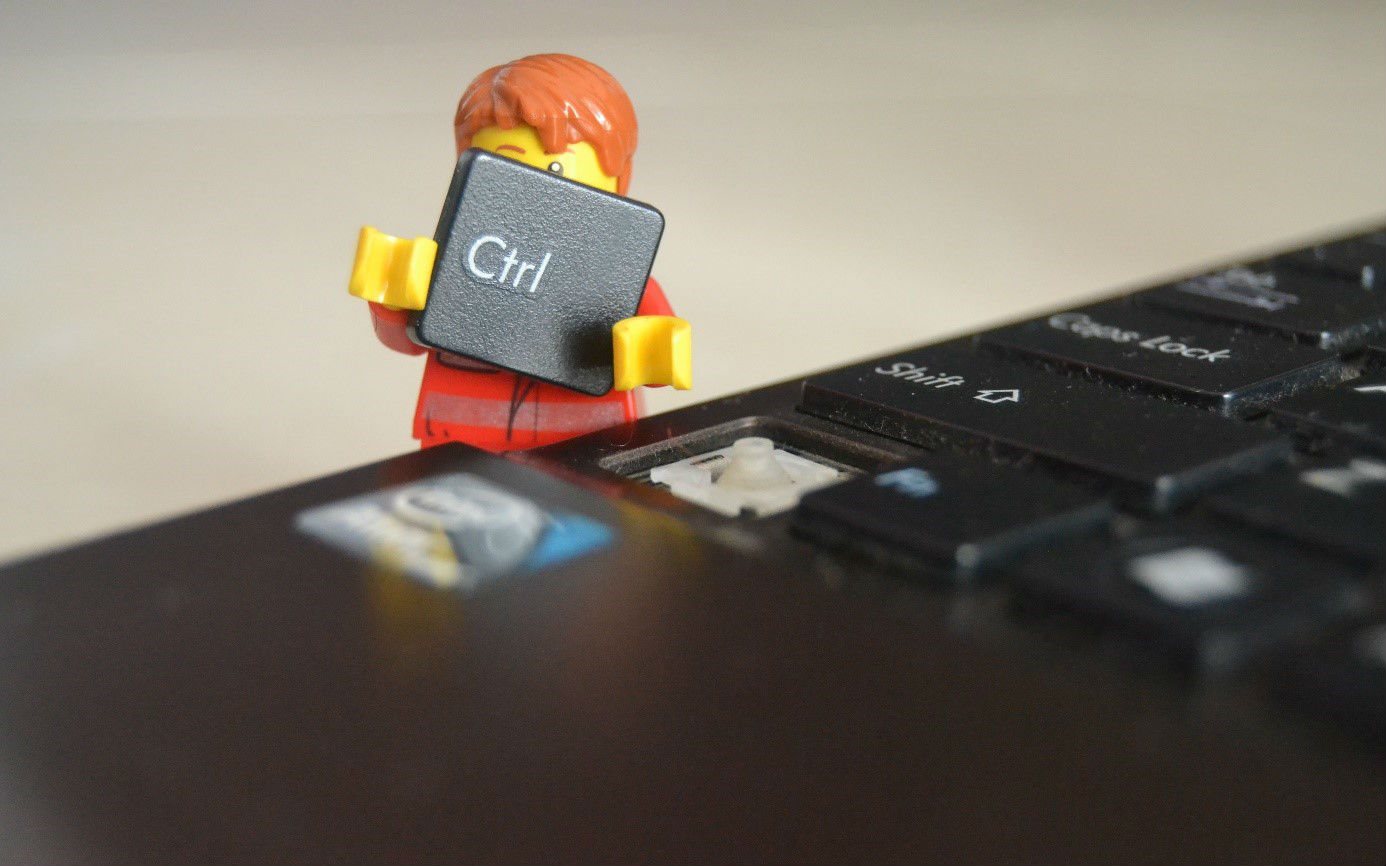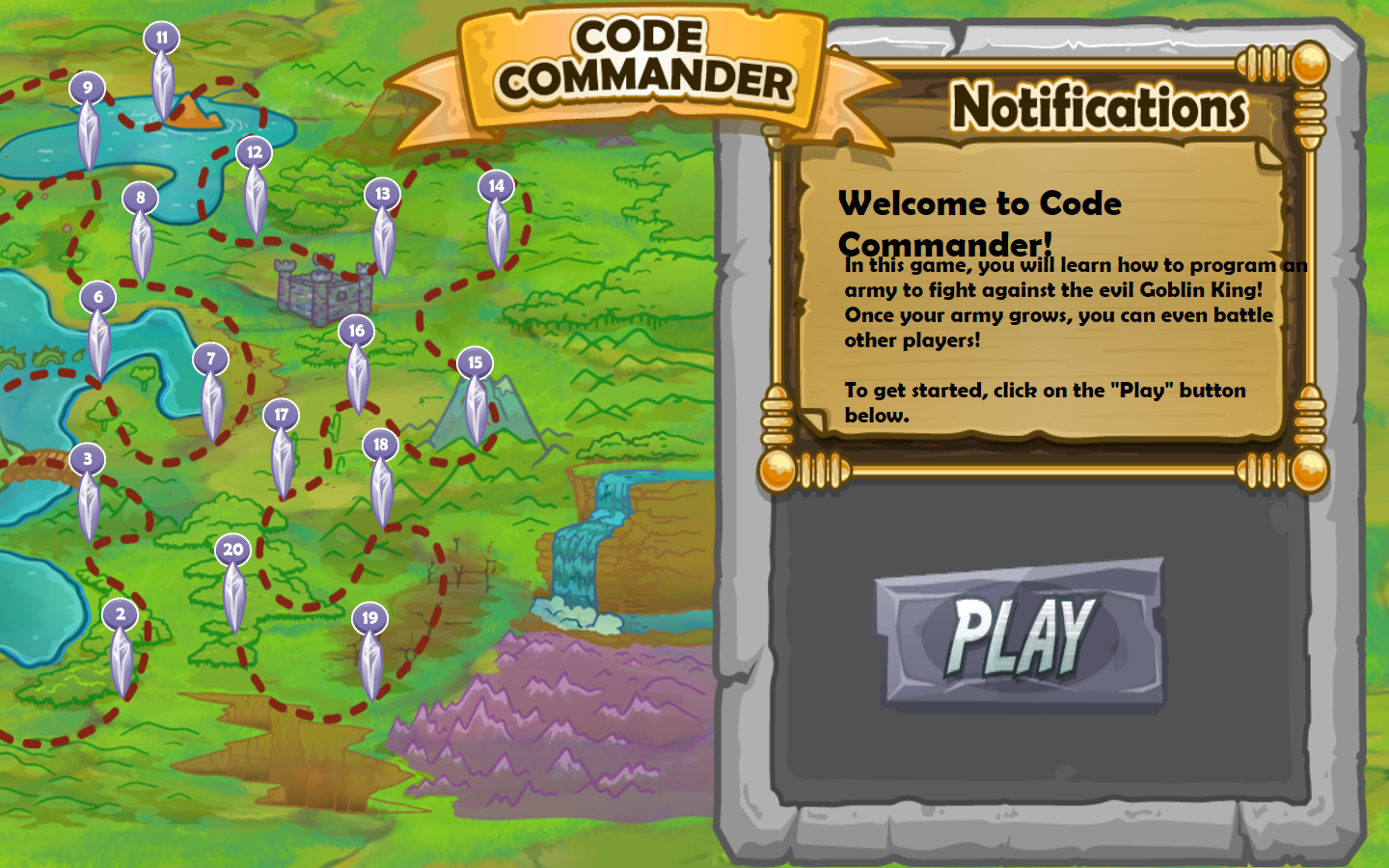Critical Thinking For Kids
We live in a complex world that requires people to analyze information and make decisions about a variety of things daily. Children are blasted with all sorts of different kinds of information. Be it at school, parks, online games, or just talking to their friends, they need to have a way to evaluate what they are hearing and seeing in order to form their own opinions and beliefs.
If they are to thrive in this complex world, they need to be taught how to not just think, but think critically. This will allow them to absorb and retain new information and respond to complex problems with logical reasoning and confidence. These positive thinking habits will build their foundation to set them up for success academically and especially as they grow older.
What Is Critical Thinking?
Critical thinking consists of skills related to imagination, analysis, and evaluating information in order to determine the validity and make sense of the received information. These skills help children to form their opinions and ideas about subjects in their lives.
It is also the ability to take a complex problem, breaking it down and developing clear solutions. When children are not able to think critically, it can lead them to be misinformed and retain wrong information about a certain subject. The wrong information may affect their views about things and feelings which could lead to problems in school, relationships and well being.
Most importantly, critical thinking allows children to gain a deeper understanding of the world and the people around them. They will be able to be more observant, open-minded and accepting in the future.
Benefits of Critical Thinking Skills
There are many benefits of critical thinking for children. As they grow older, they will be better at solving complex problems, understanding themselves better for self-reflection, dealing with peer pressure, independence, creativity, curiosity, confidence and so much more!
It helps children to make better-informed decisions and helps them to understand and think about the consequences of their actions before reacting. The process involves focusing and exercising self-control to solve problems as they create a set of goals to follow through.
Teaching children to be critical thinkers
As a parent or educator, it is an important responsibility that you ensure that the children are able to develop a healthy and curious mindset to think appropriately for themselves as they grow up. There are many ways to develop critical thinking for children, and one simple practice is something that children are already really good at. And that is asking questions.
Asking questions is a daily activity that every person does. Questions about life and especially social topics are much more complicated compared to the questions being asked during school exams or from school textbooks. That is because although there are quite definitive and concrete answers to school textbook questions, there really isn’t a definitive correct answer for the more abstract questions.
To actively engage the minds of children to think critically, we have to create opportunities for the children to think and review questions that do not necessarily have just one correct answer. Instead, we want to encourage them to think about questions that have multiple kinds of answers which do not have any definite correct or wrong answers. Practising this will allow us to set up a more realistic and natural thinking process that they will likely face outside of classrooms and further in life.
Asking questions is a natural behaviour innate to every person, it is the basic function that we use to understand and explore the world around us. Everyone is able to develop questioning skills but to develop critical questioning skills is much more effort.
A great way to have the children practice their critical asking skills is to prepare a series of questions that will trigger them to ask an additional series of related questions pertaining to the initial question. The types of questions that trigger other questions usually induce a certain level of cognitive processes. These include idea analysis, comparison and contrast, inference, prediction, evaluation, and justification.
Go beyond the “What?”, and include the “how?” and “why?”
For example, some teachers may ask students a simple question like “What does a fireman do?” Most students will be able to answer quickly saying that they put out fires. And usually, the teacher will move on to the next question instead of probing the students to share more knowledge about the fireman.
As a parent, it is difficult to follow or change the child’s learning environment in school. A parent can’t expect teachers to change their way of teaching by just stomping into the classroom and demanding things to be taught differently.
Instead, begin the learning at home, prompt kids to answer questions with the “hows” and “whys”. “How does the fireman put out the fire?” and “Why should we call the fireman when we see a dangerous fire?”. These questions will cue the children to dive deeper into their minds and put more effort into thinking about the subject.
Take it a step further by localising questions. This will give opportunities to the children to connect the knowledge to something personal or relatable in their lives. “Why should we know how to contact the fireman?”, “How should we react when we see a dangerous fire nearby?”.




